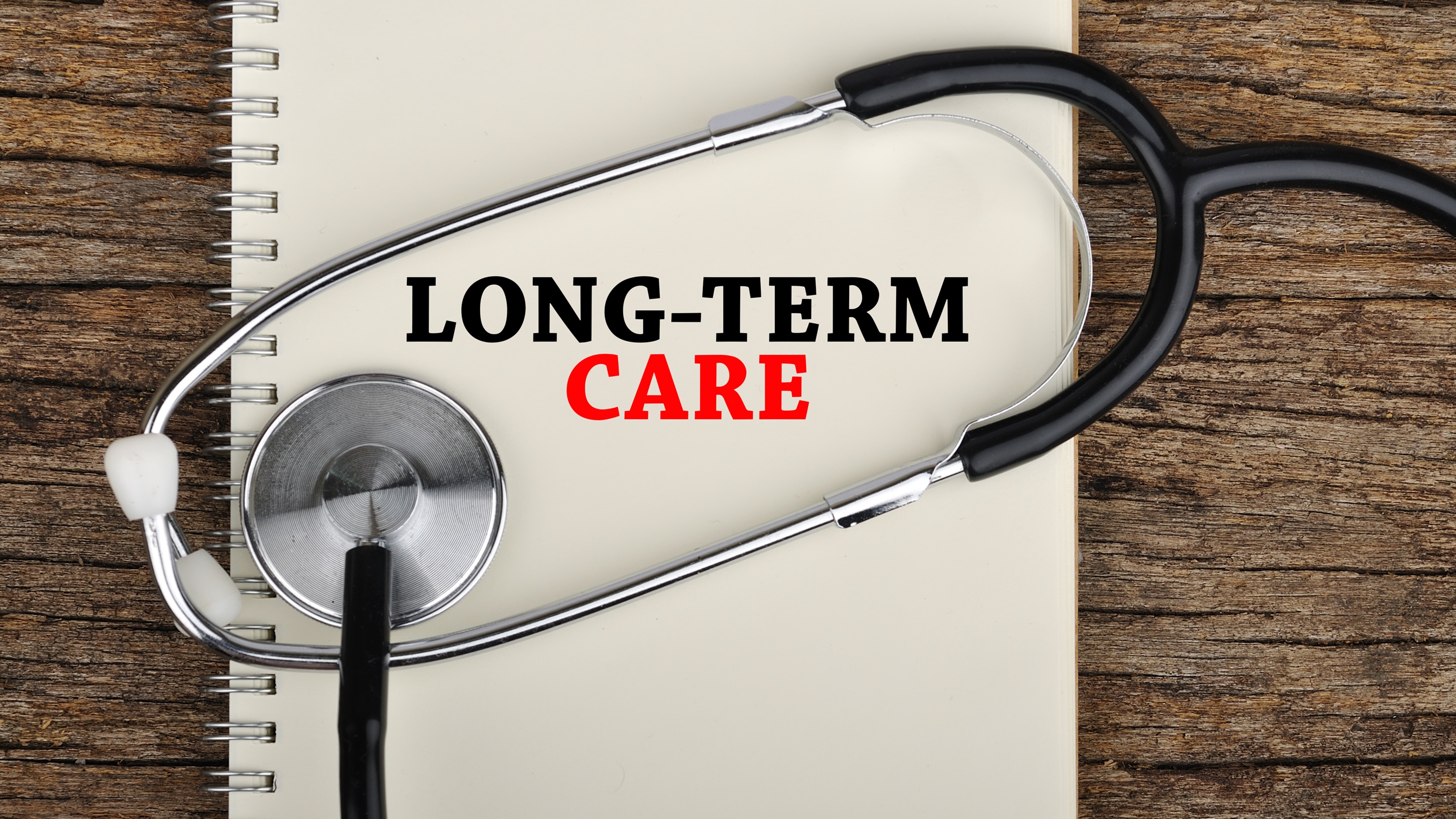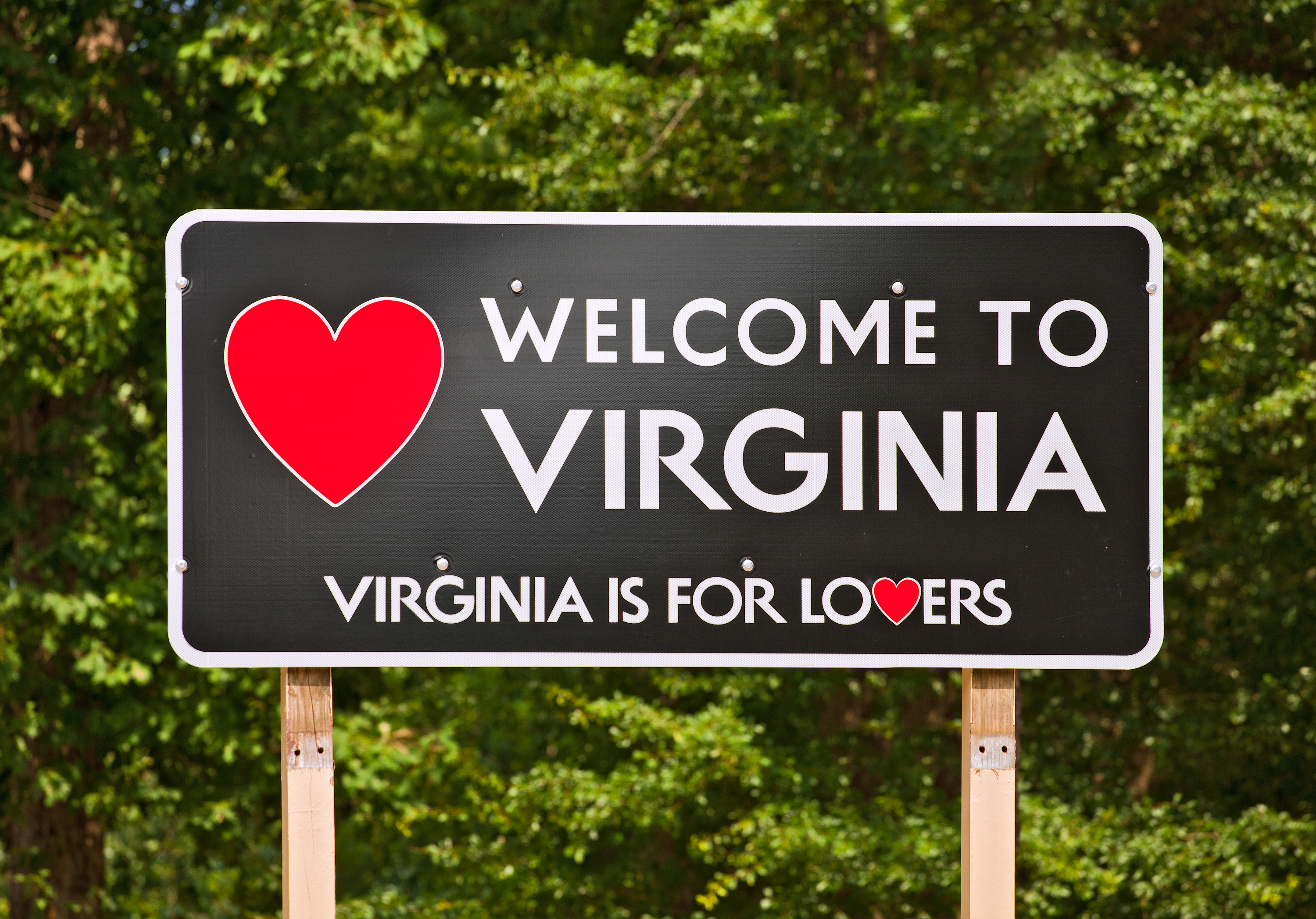How the One Big Beautiful Bill Act Will Reshape 529 Plans
President Trump's tax package, the One Big Beautiful Bill Act (OBBBA), passed the House in May and the Senate this past week. On July 4th, Trump signed the bill into law, with some provisions taking effect immediately. However, the exact timeline for 529 expansions may depend on guidance from the Treasury and IRS.
Among its key proposals is an expansion of 529 education savings plans created to help families save for future education expenses. Not just a college savings vehicle, 529 plans can also be useful estate planning and retirement savings tools.
With a 529 plan, contributions grow tax-free, and withdrawals for qualified education costs are also tax-free. Considering the cost of college, a little help now could go a long way in planning for your child’s education.
A 4-year college degree at a public in-state school costs approximately $120,000 (including tuition, books, supplies, dorm room, and other expenses). On average, a college student graduates with about $39,000 in student loan debt. And that’s just the average. Multiply that amount by the number of students attending college (about 43 million), and you get about $1.6 trillion in federal student loan debt as of early 2025, per the U.S. Department of Education. Yikes.
Good news — your 529 savings plans just got a sweet upgrade.
Bad news — the new law limits financing options, making it harder for student borrowers to manage their debt.
Enhancements to 529 plans under the One Big Beautiful Bill Act call for a significant expansion of 529 plan benefits and include a brand-new Kids' Savings Program called the MAGA account, withdrawal limit increases and the expansion of qualified expenses.
The OBBBA expands the definition of qualifying education expenses for 529 withdrawals. Currently, families can withdraw up to $10,000 per year for elementary or secondary education.
The law expands the definition of "qualified expenses" for K-12 education to include non-tuition costs such as:
On top of that, you can tap your 529 for these costs without federal tax worries. At the same time, any expansion of K-12 benefits may require new legislation on a state-by-state basis, as not all states currently consider K-12 expenses as qualified expenses for tax purposes.
The new law allows tax-free withdrawals for a wider workforce, on-the-job training, and continuing education programs. This includes tuition, miscellaneous fees, books, exam costs and supplies for programs listed under the Workforce Innovation and Opportunity Act.
The three Achieving a Better Life Experience (ABLE) provisions, currently set to expire at the end of 2025, will become permanent. The law makes it possible to roll over funds tax-free from 529 plans to ABLE accounts, along with the "ABLE-to-Work" contribution limit and the Saver’s Credit for ABLE contributions.
While not a 529 plan, the Money Accounts for Growth and Advancement (MAGA) program can also be used for saving for your child's education. Under the terms of the OBBBA, funding of up to $5,000 per year is allowed. Contributions can come from a parent or guardian for a child under 8, and any gains would be taxed at the long-term capital gains rate when used for higher education, a first-home purchase, or starting a small business.
The law also calls for a one-time contribution of $1,000 from the federal government to the accounts of children who are U.S. citizens at birth born between January 1, 2025, and January 1, 2029. At least one parent must provide a valid Social Security number.
Parents and relatives can contribute up to $5,000 annually (adjusted for inflation) to the account, with funds growing tax-deferred until the child reaches age 18.
Funds can be used for higher education, small business startup costs, or first-time homebuyer expenses, with withdrawals taxed at the long-term capital gains rate for qualified expenses. Non-qualified withdrawals are taxed as ordinary income with penalties.
Any unused funds could be withdrawn for any reason after age 30. The first withdrawal would be at age 18 (up to 50% of the balance). Earlier withdrawals for non-qualified expenses would be taxed at ordinary income rates.
Although the new law expands how you can use 529 money, many of the current rules remain the same.
President Trump's "One Big Beautiful Bill Act" was signed into law on July 4, 2025, during a ceremony at the White House. However, the various provisions within the bill take effect at different times.
MAGA accounts are now open, and the federally funded $1,000 newborn deposits will begin on January 1, 2026.
It doesn’t matter if your child is a teen or a toddler; it’s never too soon to start saving for college with a 529 plan — just make sure you’ve paid down or paid off your debt, set up an emergency fund, and are saving for your retirement first.
If you’re already using a 529, the One Big Beautiful Bill Act only sweetened the deal. A college education follows your kids for life, just make sure the cost of funding doesn't take a toll on your finances for the rest of your life.
You may also like...
Diddy's Legal Troubles & Racketeering Trial

Music mogul Sean 'Diddy' Combs was acquitted of sex trafficking and racketeering charges but convicted on transportation...
Thomas Partey Faces Rape & Sexual Assault Charges

Former Arsenal midfielder Thomas Partey has been formally charged with multiple counts of rape and sexual assault by UK ...
Nigeria Universities Changes Admission Policies

JAMB has clarified its admission policies, rectifying a student's status, reiterating the necessity of its Central Admis...
Ghana's Economic Reforms & Gold Sector Initiatives

Ghana is undertaking a comprehensive economic overhaul with President John Dramani Mahama's 24-Hour Economy and Accelera...
WAFCON 2024 African Women's Football Tournament

The 2024 Women's Africa Cup of Nations opened with thrilling matches, seeing Nigeria's Super Falcons secure a dominant 3...
Emergence & Dynamics of Nigeria's ADC Coalition

A new opposition coalition, led by the African Democratic Congress (ADC), is emerging to challenge President Bola Ahmed ...
Demise of Olubadan of Ibadanland
Oba Owolabi Olakulehin, the 43rd Olubadan of Ibadanland, has died at 90, concluding a life of distinguished service in t...
Death of Nigerian Goalkeeping Legend Peter Rufai

Nigerian football mourns the death of legendary Super Eagles goalkeeper Peter Rufai, who passed away at 61. Known as 'Do...





